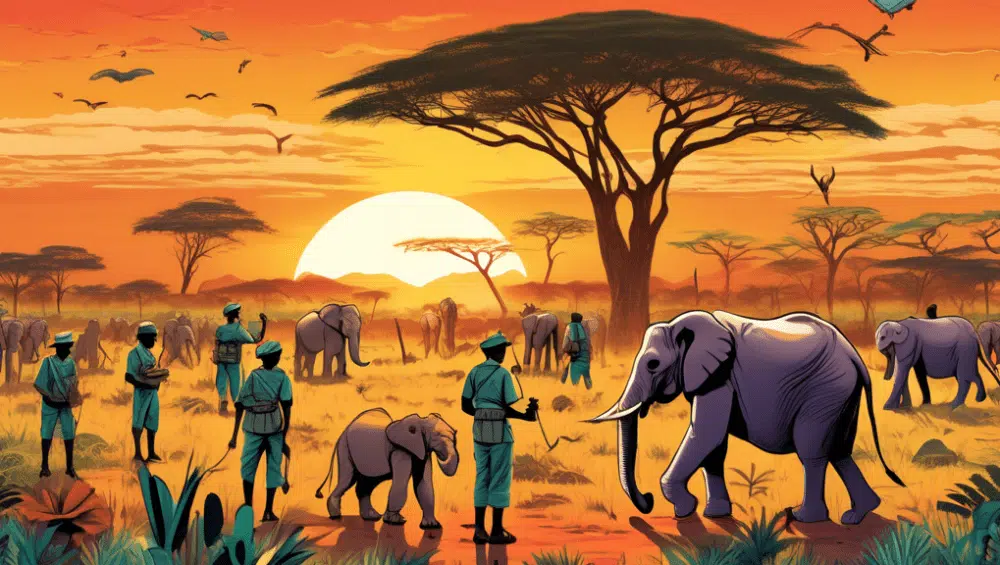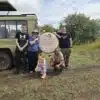Wildlife Conservation Efforts in East Africa: What You Need to Know
Okay, picture this: You’re on a safari jeep, the sun’s dipping below the horizon, and you spot a majestic elephant ambling through the grasslands. Magical, right? East Africa is buzzing with such moments, thanks to its rich biodiversity. But to preserve this magic, numerous wildlife conservation efforts are underway. Let’s dive into what you need to know about these initiatives and why they matter.
Why Conservation Efforts Are Crucial
Did you know that East Africa is home to some of the world’s most iconic species, including elephants, lions, and rhinos? Unfortunately, these animals face threats from poaching, habitat loss, and climate change. It’s a bit like watching your favorite show get canceled just when it’s getting good. Protecting these magnificent creatures isn’t just about saving animals; it’s about preserving entire ecosystems.
Community Involvement: The Heartbeat of Conservation
Here’s the thing: No conservation effort can succeed without community involvement. Imagine trying to keep your home clean without everyone pitching in. In East Africa, organizations are working closely with local communities to promote sustainable practices. For example, the Maasai Mara in Kenya has community conservancies that rotate grazing lands, ensuring both livestock and wildlife thrive. It’s a win-win!
Innovative Approaches: From Technology to Ecotourism
Ever thought about how technology could help save animals? In Tanzania, drones are used to monitor wildlife and track poachers. It’s like having a high-tech guardian watching over the Serengeti. Then there’s ecotourism, which allows tourists like you and me to contribute directly to conservation. By visiting parks and reserves, we provide funds that are reinvested in protecting these precious areas. Talk about leaving a positive footprint!
Rehabilitation Programs: Giving Wildlife a Second Chance
Not every animal has an easy ride. Bears get orphaned, elephants get injured—life in the wild can be tough. Thankfully, there are rehabilitation centers where animals receive care before being released back into the wild. The Sheldrick Wildlife Trust in Kenya, for example, rescues and rehabilitates orphaned elephants. Seeing them return to their natural habitat is like watching a triumphant movie ending.
Success Stories: Proof That Conservation Works
Want some good news? Conservation efforts are making a tangible difference. The Grevy’s zebra, once on the brink of extinction, has seen a population increase thanks to dedicated work in Kenya. And let’s not forget the mountain gorillas of Rwanda, whose numbers are gradually climbing due to anti-poaching initiatives and habitat restoration. It’s like watching nature’s very own comeback story.
What Can You Do?
Feeling inspired? Great! You don’t have to be on the ground in East Africa to make a difference. Supporting reputable conservation organizations with donations, spreading awareness, and choosing ethical travel options can all contribute to these efforts. Think of it as being part of a global team dedicated to protecting our planet’s wild wonders.
So next time you hear about conservation efforts in East Africa, you’ll know the incredible work being done and how you can be part of it. After all, wouldn’t it be nice if we could keep those safari moments around for future generations? Let’s keep the wild in wildlife.





